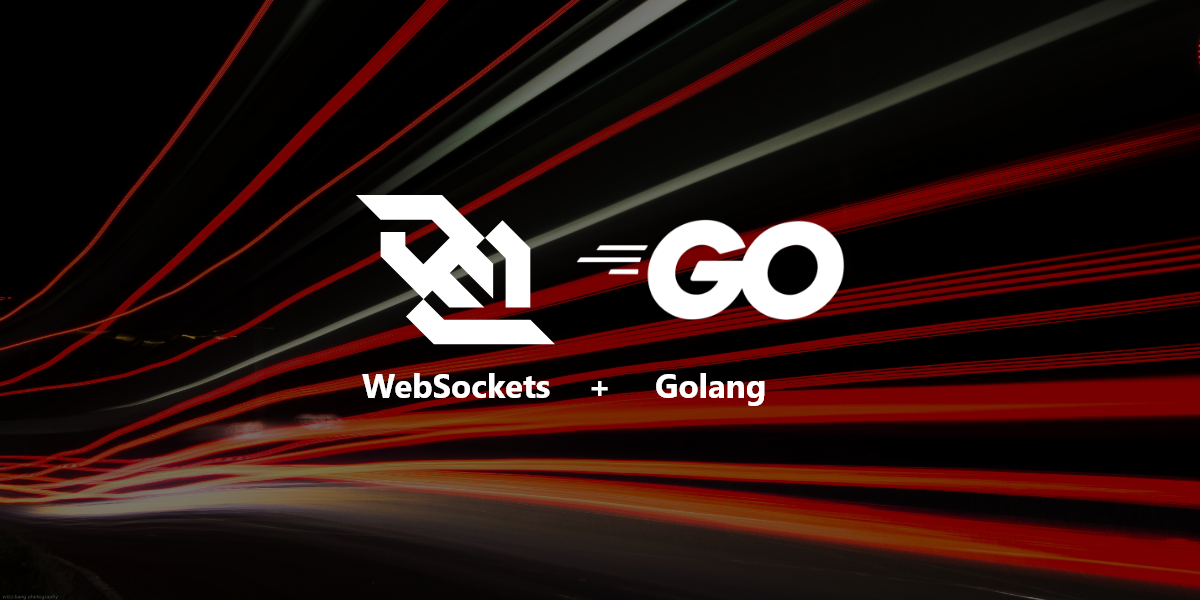



Electrical billing simulation for small consumers in Spain using PVPC (electricity hourly prices).
It uses aiopvpc to download PVPC data, and the usual suspects (pandas & matplotlib) to deal with time-series data and plotting.

Install from pypi with pip install pvpcbill, or clone it to run tests or anything else 😉
From a jupyter notebook, just call the create_bill async helper to instantiate a new ‘bill’ object:
from pvpcbill import create_bill
# Creación directa de factura
factura = await create_bill(
path_csv_consumo="/path/to/elec_data/consumo_facturado18_02_2020-18_03_2020-R.csv",
potencia_contratada=4.6, # kW
tipo_peaje="NOC", # GEN / NOC / VHC
zona_impuestos="IVA", # IVA / IGIC / IPSI
)
print(factura)** If using it from a non-async script,
use asyncio.run(create_bill(**params)) to run the async method.
Output:
FACTURA ELÉCTRICA:
--------------------------------------------------------------------------------
* CUPS ES0012345678901234SN
* Fecha inicio 17/02/2020
* Fecha final 18/03/2020
* Peaje de acceso 2.0DHA (Nocturna)
* Potencia contratada 4.60 kW
* Consumo periodo 472.93 kWh
* ¿Bono Social? No
* Equipo de medida 0.80 €
* Impuestos Península y Baleares (IVA)
* Días facturables 30
--------------------------------------------------------------------------------
- CÁLCULO DEL TÉRMINO FIJO POR POTENCIA CONTRATADA:
Peaje acceso potencia:
4.60 kW x 0.103944 €/kW/día x 30 días (366/2020) = 14.34 €
Comercialización:
4.60 kW x 0.008505 €/kW/día x 30 días (366/2020) = 1.17 €
==> Término fijo 15.51 €
- CÁLCULO DEL TÉRMINO VARIABLE POR ENERGÍA CONSUMIDA (TARIFA 2.0DHA):
Periodo 1: 0.111867 €/kWh ---> 19.02€(P1)
- Peaje de acceso: 170 kWh * 0.062012 €/kWh = 10.54€
- Coste de la energía: 170 kWh * 0.049855 €/kWh = 8.48€
Periodo 2: 0.045617 €/kWh ---> 13.82€(P2)
- Peaje de acceso: 303 kWh * 0.002215 €/kWh = 0.67€
- Coste de la energía: 303 kWh * 0.043402 €/kWh = 13.15€
==> Término de consumo 32.84 €
- IMPUESTO ELÉCTRICO:
5.11269632% x (15.51€ + 32.84€ = 48.35€) 2.47 €
==> Subtotal 50.82 €
- EQUIPO DE MEDIDA:
30 días x 0.026667 €/día 0.80 €
==> Importe total 51.62 €
- IVA O EQUIVALENTE:
21% de 51.62€ 10.84 €
################################################################################
# TOTAL FACTURA 62.46 €
################################################################################
Consumo medio diario en el periodo facturado: 2.08 €/día
But there is much more:
# Reparto de costes en la factura
p_imp = (
+ factura.data.termino_impuesto_electrico
+ factura.data.termino_equipo_medida
+ factura.data.termino_iva_total
) / factura.data.total
p_ener = factura.data.termino_variable_total / factura.data.total
p_pot = factura.data.termino_fijo_total / factura.data.total
print(
f"El coste de la factura se reparte en:\n "
f"* un {100*p_ener:.1f} % por energía consumida,\n "
f"* un {100*p_pot:.1f} % por potencia contratada,\n "
f"* un {100*p_imp:.1f} % por impuestos aplicados\n\n"
)
print(factura.data.to_json())Output:
El coste de la factura se reparte en:
* un 52.6 % por energía consumida,
* un 24.8 % por potencia contratada,
* un 22.6 % por impuestos aplicados
{
"config": {
"tipo_peaje": "NOC",
"potencia_contratada": 4.6,
"con_bono_social": false,
"zona_impuestos": "IVA",
"alquiler_anual": 9.72,
"impuesto_electrico": 0.0511269632,
"cups": "ES0012345678901234SN"
},
"num_dias_factura": 30,
"start": "2020-02-17 00:00:00",
"end": "2020-03-18 00:00:00",
"periodos_fact": [
{
"billed_days": 30,
"year": 2020,
"termino_fijo_peaje_acceso": 14.34,
"termino_fijo_comercializacion": 1.17,
"termino_fijo_total": 15.51,
"energy_periods": [
{
"name": "P1",
"coste_peaje_acceso_tea": 10.544458468,
"coste_energia_tcu": 8.477372039999999,
"energia_total": 170.03900000000002
},
{
"name": "P2",
"coste_peaje_acceso_tea": 0.67090578,
"coste_energia_tcu": 13.146024950000003,
"energia_total": 302.892
}
]
}
],
"descuento_bono_social": 0.0,
"termino_impuesto_electrico": 2.47,
"termino_equipo_medida": 0.8,
"termino_iva_gen": 10.6722,
"termino_iva_medida": 0.168,
"termino_iva_total": 10.84,
"total": 62.46
}








